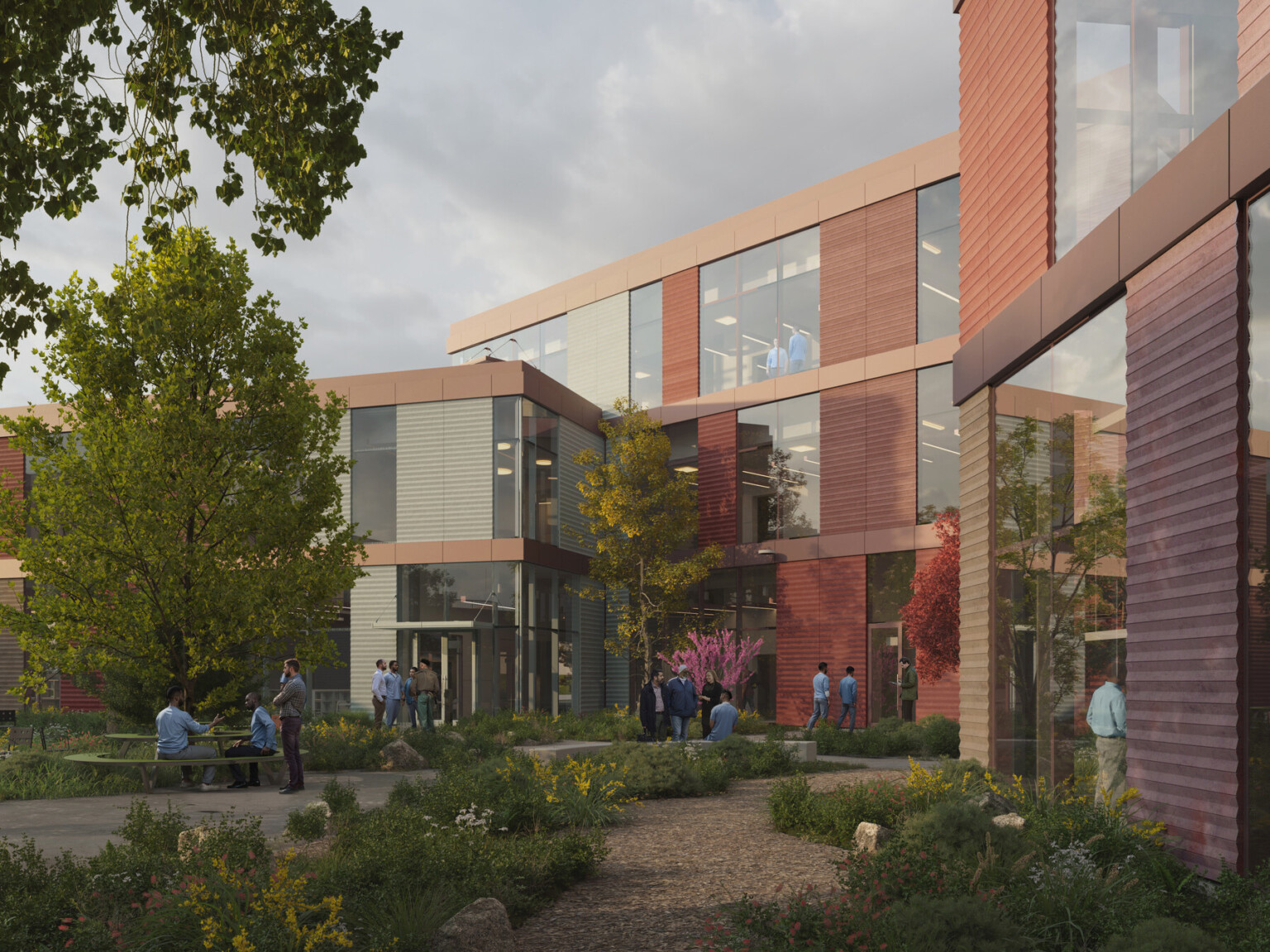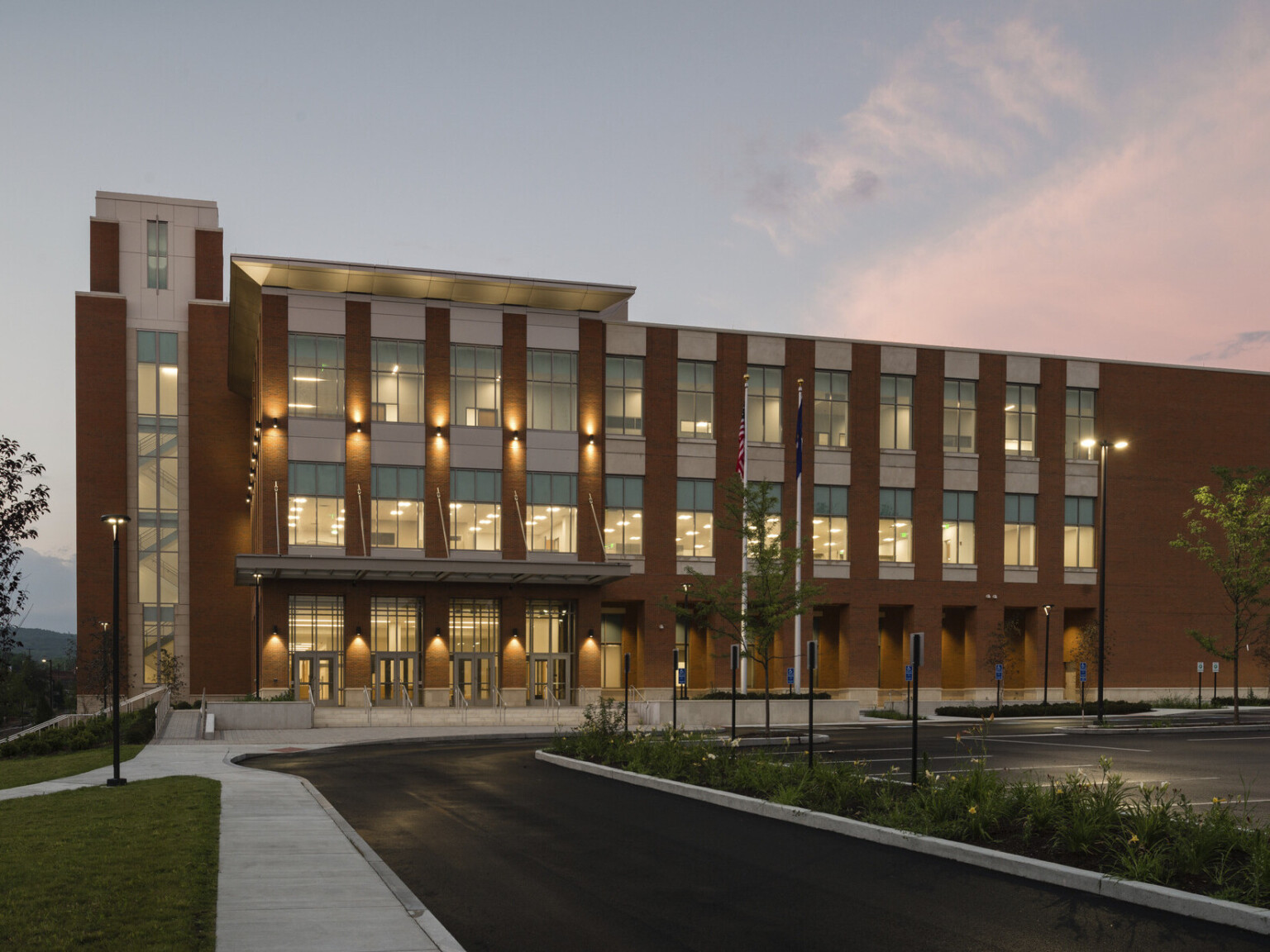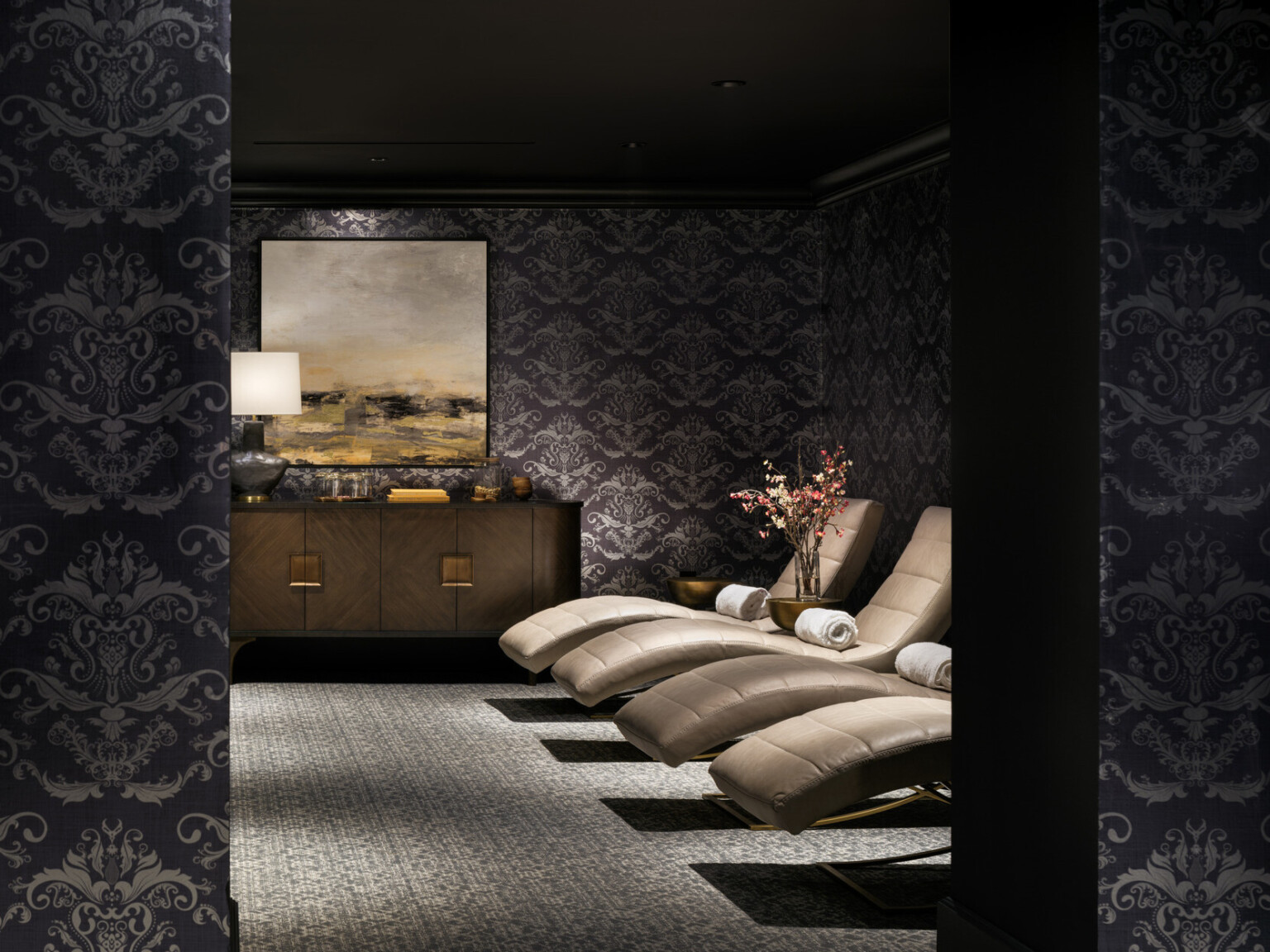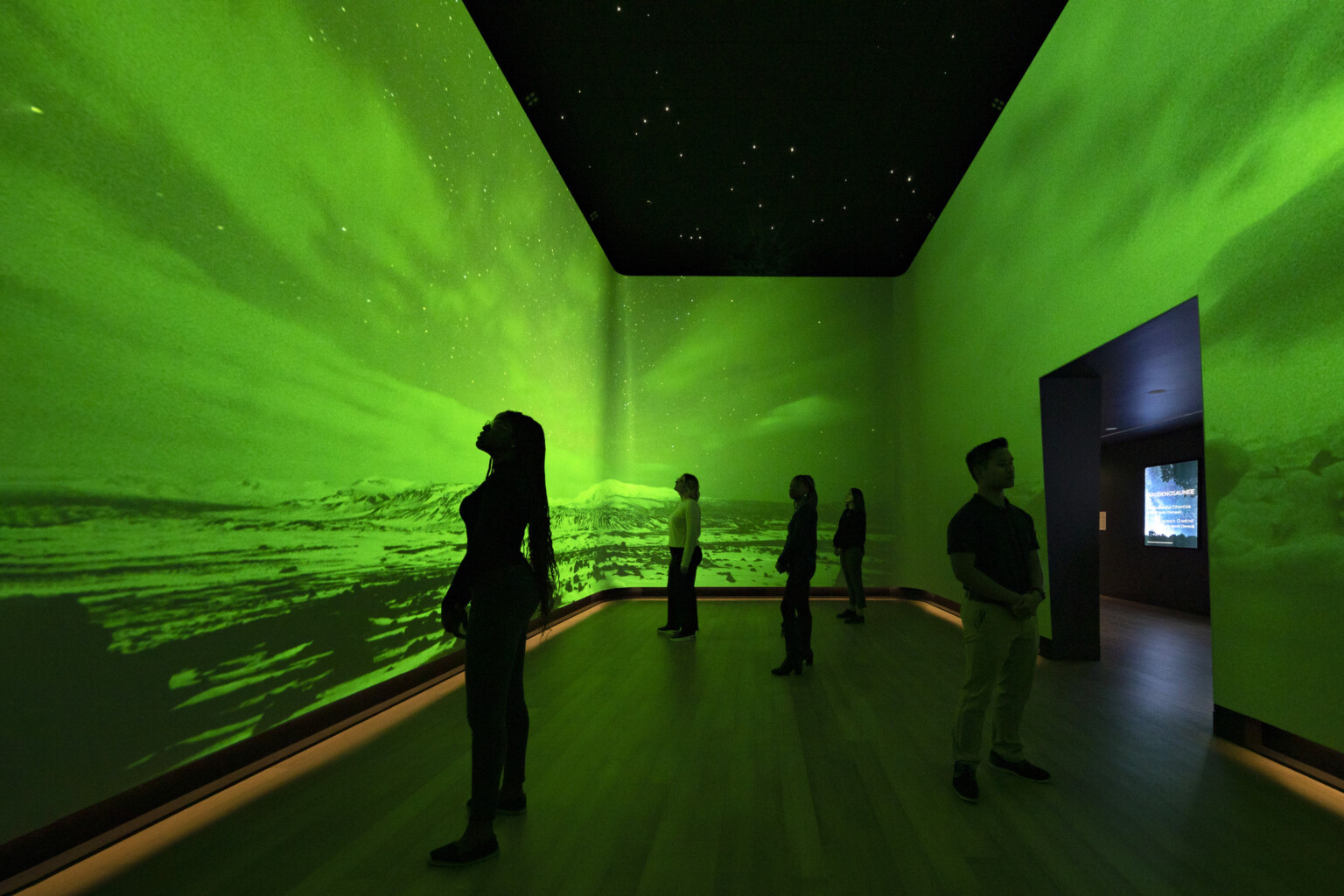
Telling Immersive Stories Through Augmented Reality
For museum stakeholders, it can be a challenge to tell memorable stories through didactic labels and artifacts isolated behind glass. Not every museum visitor will be engaged with the exhibits around them by viewing and reading. We are pursuing an innovative and engaging approach to storytelling at the museum level, one that immerses visitors in a narrative using augmented reality. By incorporating AR within exhibits in thoughtful ways, we hope to engage museum visitors in a more tangible way over traditional displays.
With the use of AR technology, visitors experience the ability to dive into the heart of the story a museum is trying to tell. Before, a visitor might have stood in front of a stone statue and read a small label about its history, Now, through AR, they can stand inside a cave temple in Cambodia, gazing upon the stone walls and hearing the birds chirp outside, as they learn more about the stone statue that once stood there.
The implementation of AR is radically changing the museum experience by recontextualizing artifacts and reinforcing content in the permanent collection, among other benefits. We believe that integrated design is the best way to make museum visits a more authentic, personalized, and immersive experience.
Transforming Spaces
We recently worked with the Cleveland Museum of Art to create the exhibit “Revealing Krishna: Journey to Cambodia’s Sacred Mountain.” With this project, we incorporated interactive projection mapping, 4K immersive projection, a digital multimedia timeline, and augmented reality using Microsoft HoloLens II to bring visitors into Cambodia to learn more about early stone sculptures found in religious temples.
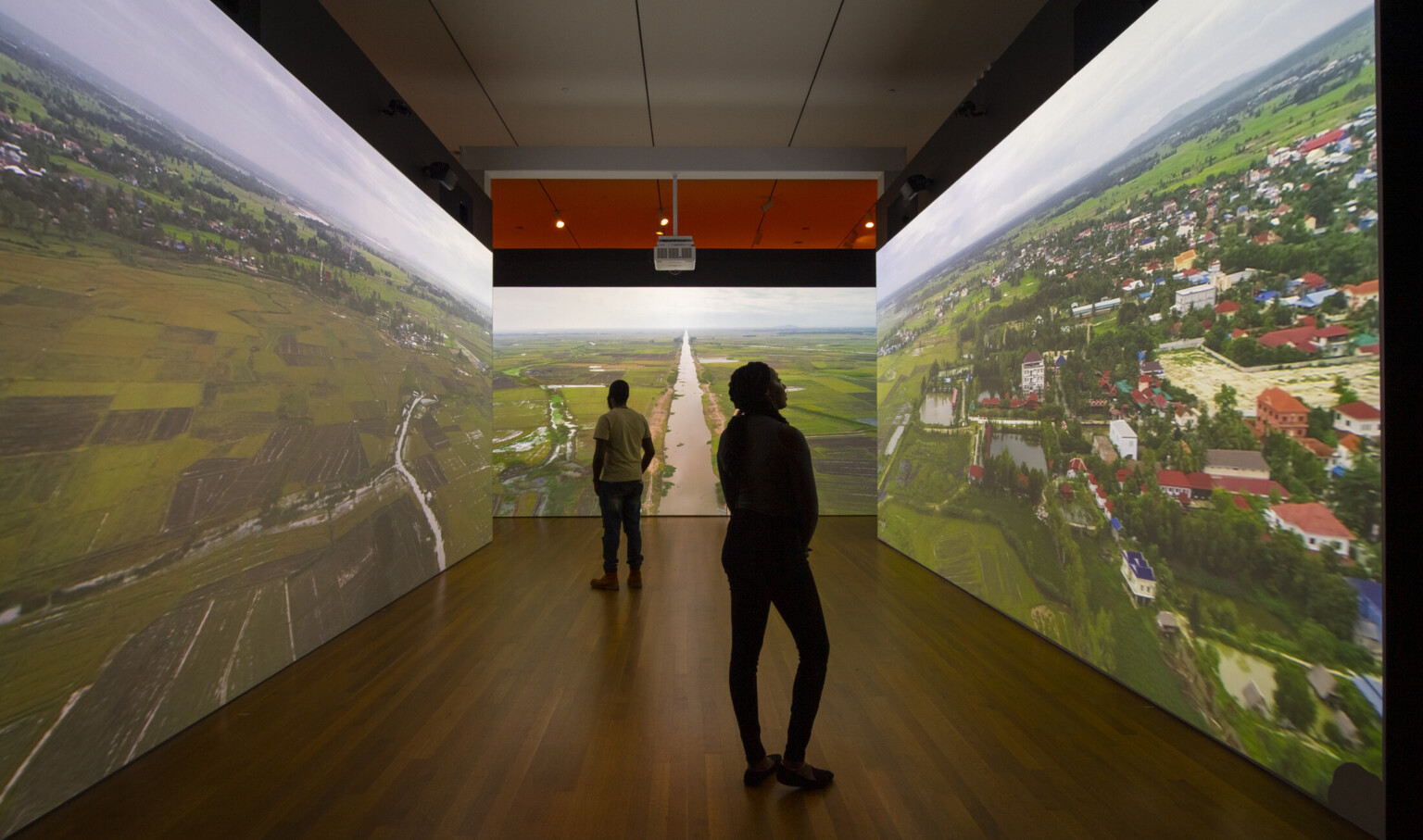
Augmented reality elements of the exhibit allowed visitors to experience the myth of Krishna lifting Mount Govardhan before stepping into a life-size 360-degree holographic experience of the cave temple where the Krishna sculpture was found. Visitors saw the complete statue holding up the cave ceiling, one arm thrust powerfully above its head. Additional immersive elements included the sounds of native birds chirping, the sight of gorgeous greenery surrounding the holy site, and the ability to journey up the river that pilgrims would have taken.
With the aid of AR technology, the Cleveland Museum of Art was able to contextualize the statues in their collection, tell the stories of the people who worshipped in the Phnom Da temple, and bring the Cambodian landscape to life in the middle of Cleveland, Ohio.

Elevating Stories
In addition to the work at the Cleveland Museum of Art, we partnered with the Heard Museum in Phoenix, Arizona on a project that transformed a gallery space into an immersive experience, complete with a fiber optic ceiling that maps out the night sky.

The renovated Jacobson Gallery features leveraged projection to center viewers inside the works of contemporary Native American video artists, whose pieces transport guests to the physical environments of the Akimel O’Odham, Navajo, Yupik, and Seneca nations. Visitors experience a variety of landscapes, from the sights and sounds of the icy arctic seaside, to the calm southwest desert, and beyond into tree-covered mountains as the ceiling above them shifts, displaying the locations of the stars in different seasons.
By utilizing 3D experiences, visitors were then able to better understand 2D objects. After being immersed in the video landscapes of Native American artists in the Jacobson Gallery, visitors then emerge to explore not only the artifacts and stories of the past, but also a variety of creative work on show by contemporary Native artists.

In June 2021, the Hispanic Society of America planned to welcome the community back to their museum & library space with a live, outdoor reception. We enhanced the event using large-scale video projection and light that captivated patrons, enticed curious passersby to take a look, showcased the broad and unique collection of the museum, and demonstrated the potential of the space for events and outside rentals. Forty thousand-lumen Barco projectors digitally mapped projections to the details of the building facades. The walls shone with high-resolution images of masterworks from the collection including art by Goya, Valazquez, Urrieta, and Sorolla, as well as images from a temporary exhibit by local artists. Complementing the projected art imagery on convex surfaces were color changing LED uplights within concave architectural recesses that were color-tuned to accentuate the colors of the artworks.
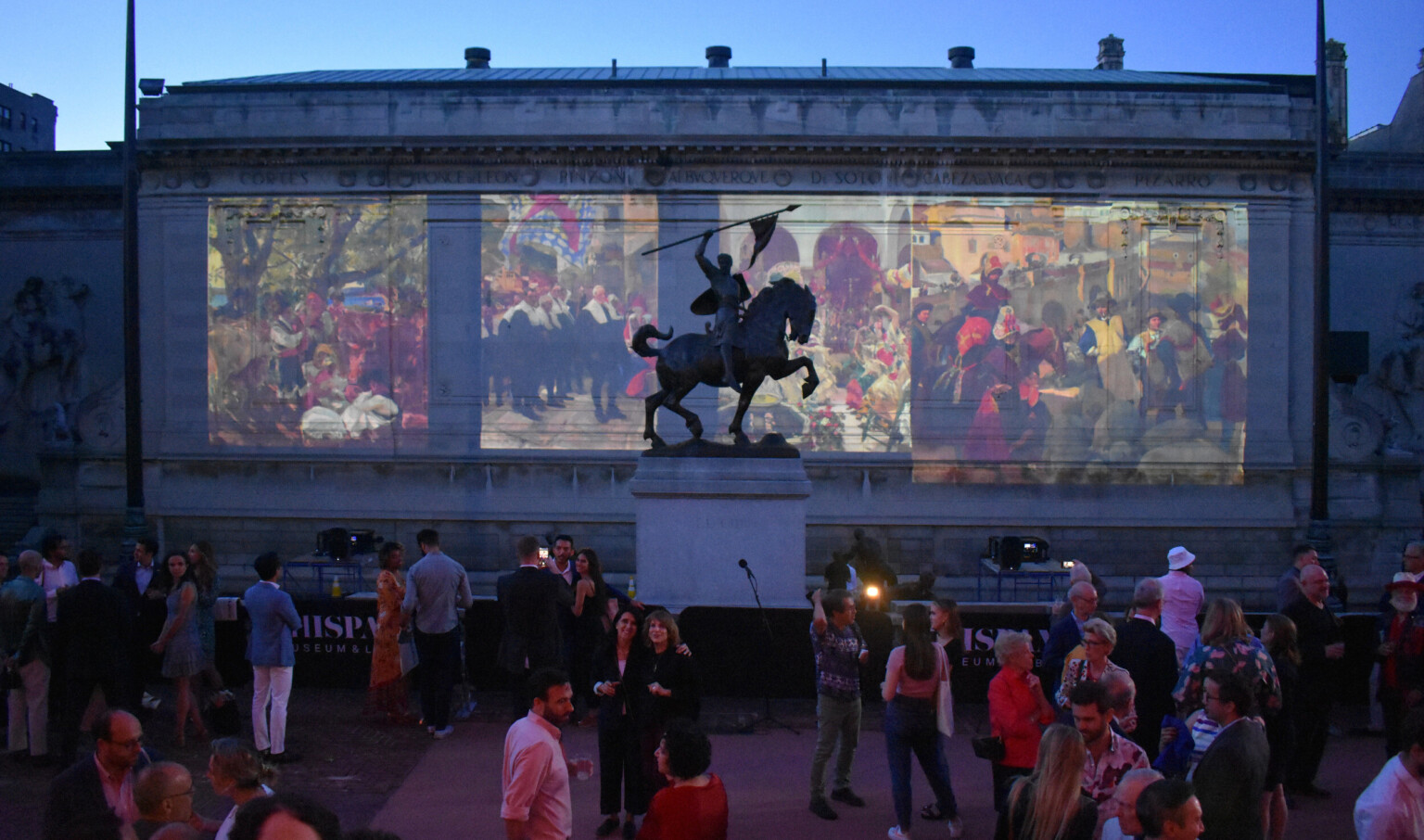
Human beings are natural storytellers, and augmented reality helps tell immersive, engaging stories. We use integrated design practices to bring augmented reality to museum visitors. By incorporating elements from architecture, lighting, flooring, technology, and more, we can help transport visitors to new spaces and explore innovative ideas beyond the traditional museum visit. As we move toward the future and the exciting changes that technology can bring, we look forward to continuing to incorporate AR into our designs.
Learn more about our work at museums across the country.
To receive ideas like this directly to your inbox, subscribe to our email list.








